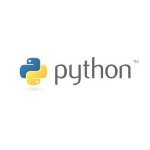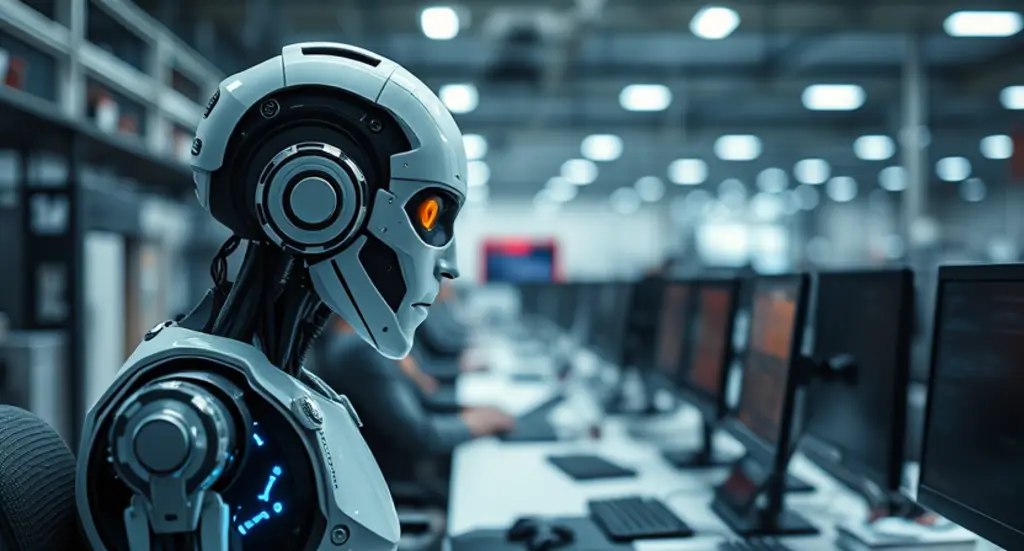AI and the Gig Economy: Opportunity or Threat?
AI is indeed changing the way we work, and nowhere is that more obvious than in the world of the gig economy. Freelancers have always been known for their flexibility in adapting to new trends, but now, AI has come on the scene as a powerful technology that freelancers must embrace to stay ahead. But […] The post AI and the Gig Economy: Opportunity or Threat? appeared first on Unite.AI.


AI is indeed changing the way we work, and nowhere is that more obvious than in the world of the gig economy. Freelancers have always been known for their flexibility in adapting to new trends, but now, AI has come on the scene as a powerful technology that freelancers must embrace to stay ahead.
But the big question is, does AI help freelancers, or is it a threat to their jobs? The answer might surprise you. While AI can take over many tasks, it’s ultimately not here to replace the freelance workforce. On the contrary, it can be a valuable tool to simplify workflows and even offer help in fields that would have been unimaginable before.
So, what does this mean for the future of freelancing? Let’s explore how AI reshapes the way of freelancing and what it means for the people behind the screens.
How is AI reshaping freelancing and gig work?
AI is indeed shaking the freelancing world, but not in a way that many might expect. AI is not here to replace freelancers but to help them work faster and smarter. In fact, one of the biggest changes AI brings to the freelancing world is the automation of daily, routine tasks.
We all know that freelancers are no strangers to juggling many jobs at once, but some tasks, like data entry, content creation, and even job applications, are very repetitive and time-consuming. With the help of AI tools, freelancers can automate such tasks and free up their time to focus on crafting, building relationships, and taking on more gigs.
Take job applications, for example. Instead of manually filling out forms and customising CVs when applying for a project, AI tools are helping streamline this process. Such tools can automatically update CVs, match them with the right opportunities, and even submit gig applications.
Beyond applications, AI tools also help manage daily workflows. Freelancers usually juggle a ton of projects, setting deadlines, tracking payments, handling client contracts and even tax calculations. All of these tasks, which in the past normally required specialised help, can now be automated with project management tools.
Instead of replacing freelancers, AI tools are actually empowering them. What once required a whole team of experts to manage can now be done with the smart technology behind AI.
Global competition in the AI-driven freelance market
With the rise of AI tools and technologies, it’s more than evident that freelancers are facing a new kind of competition – the global one. Thanks to AI tools, freelancers from anywhere in the world can do the same work at the same high-quality level, all while operating from the comfort of their homes.
To be more specific, AI tools are taking over tasks that used to require human touch, including content writing, social media management, graphic design, and even customer support. This means that a freelancer in one part of the world could be competing with another freelancer, or even an AI system, from halfway across the world for tasks that were once handled exclusively by humans.
Alongside AI tools, we’re also witnessing the growth of no-code platforms, which are taking automation even further. Such tools are making it possible for anyone to create websites or write blogs without any coding or writing skills. What used to be a job for specialists is now becoming accessible to everyone with the right software and willingness to learn – thanks to the power of AI.
But it’s not all bad news for freelancers! Yes, AI is pushing the boundaries and creating competition, but it also opens up many exciting possibilities. Looking ahead, AI, especially with the future potential of AGI (Artificial General Intelligence), could revolutionise the gig economy in ways we haven’t yet imagined. However, this technology isn’t here yet, and in the meantime, freelancers still have the advantage of creativity, human intuition, and the personal touch that AI can’t replicate.
With this in mind, we can safely say that AI is creating more competition, but it’s also helping freelancers earn more. By combining their unique skills with AI-powered tools, freelancers can deliver high-quality work that can’t be replaced by machines yet. As a result, some freelancers are now commanding pay rates 10 times higher than before AI became so widely available. This leads us to the conclusion that AI is, indeed, helping freelancers level up their work and earn more from their expertise.
Practical tips for freelancers to stay relevant and leverage AI
As we already learned, while AI is changing it all for freelancers, staying ahead isn’t as complicated as it sounds. With the right approach, freelancers can use AI to their advantage to secure a stable and successful career in today’s very competitive gig economy.
Upskilling and integrating AI tools
The most essential thing for growing in an AI-driven gig economy is learning how to work with these tools. Freelancers who work in creative fields should utilise tools like ChatGPT or MidJourney to speed up the creative process, enhance their work quality, and get a competitive edge over professionals who still rely on traditional work methods.
However, AI tools are not just for creatives but also for more complex fields, such as DevOps, finance, and even legal. With minimal experience and enthusiasm, freelancers today can bridge knowledge gaps and specialise in complex fields with the help of AI. Tools that handle analytics, coding assistance, and even financial modelling are turning such complex duties into more simple tasks for those willing to learn.
Constant learning and adaptation
In an era ruled by AI, one thing is certain – the tools and trends of today may not be that relevant tomorrow. This is why freelancers need to adopt a mindset of continuous learning and embrace AI as assistance rather than competition.
Staying curious and adaptable is the key that keeps these individuals competitive in an AI-driven gig economy. The better you know the available resources, the more you can leverage them to your own benefit.
Blending AI with human touch
AI tools might be very powerful, but they lack one thing freelancers have – the human touch. Freelancers have the ultimate competitive edge, exactly where AI falls shortly, which is creativity, emotional intelligence, and the ability to build personal connections.
Hence, we can safely say that now, we’re experiencing the golden era of blending AI with human expertise. By adding the much-required personal touch and empathetic approach to client needs, freelancers can command higher pay rates and stand out in a market that values authenticity as much as efficiency.
Using the AI technology in real life – use cases
Whether it’s in the more creative fields or technical industries, AI is more than just a buzzword. Many freelancers nowadays are finding smart ways to use AI to save time, handle bigger projects, and deliver the best results. Below, we’re exploring a few real-life examples to see how these powerful AI tools work in action.
AI for creatives
Imagine you’re working as a freelance graphic illustrator. You’re surely handling multiple client projects at the same time, each with its own unique requirements, deadlines, and challenges. It can be a lot to keep track of, and sometimes, things can slip through the cracks.
Now, what if you could use AI to analyse project details and stay more organised than before? Well, with AI-powered project management tools, you can automatically match project requirements to your skills, get suggestions for more convenient workflows, and even require feedback on how to improve your designs based on past client preferences.
Beyond just managing projects, AI tools are especially good in the creative part of the work. With this technology, you can generate quick concept sketches or even get colour palettes based on the style and the theme of the project.
With AI tools helping with routine duties, every graphic illustrator and designer can enjoy more time to focus on creativity and deliver top-notch work for their clients.
AI for business and finance professionals
Now, let’s take a look at how AI can contribute to a completely different field – finances. As a freelance wealth management consultant, you’re responsible for analysing the financial market, researching good investment opportunities, and advising clients on their portfolios. All of this can be very complex and time-consuming, especially if you’re dealing with a large number of clients.
But what if you can automate a large part of this work? AI tools can help you analyse market data, predict trends, and even make recommendations for your clients’ portfolios based on real-time information. Instead of manually sifting through market reports or spending hours on market research, AI tools can provide you with fast and accurate insights so you can shift your focus to providing personalised advice and strategy.
With AI tools taking care of the most difficult duties, you can offer your clients more data-driven recommendations and improve your overall service.
The post AI and the Gig Economy: Opportunity or Threat? appeared first on Unite.AI.


















_Igor_Stevanovic_Alamy_Stock_Photo.jpg?#)

























































